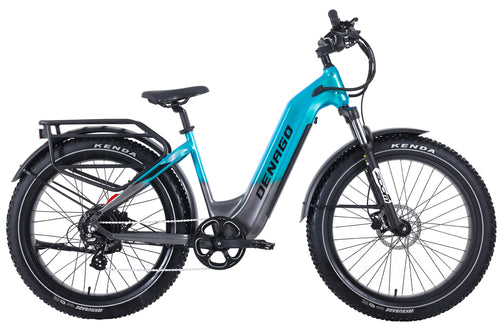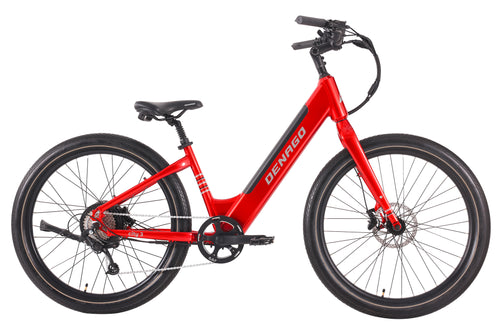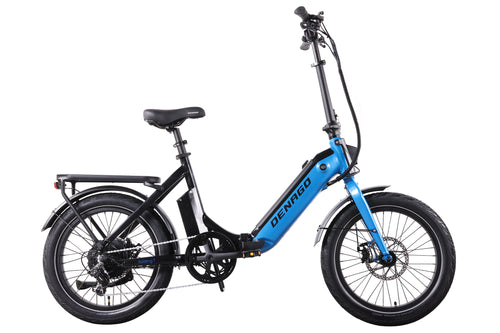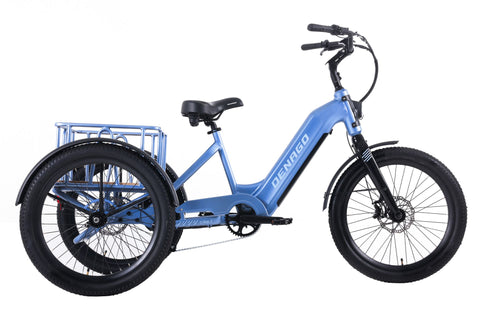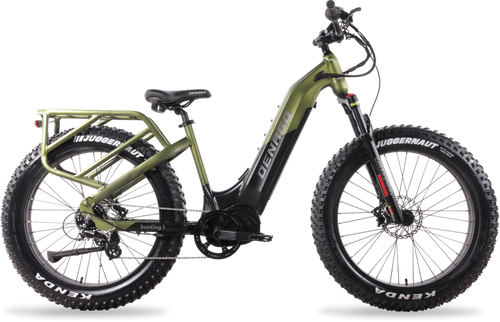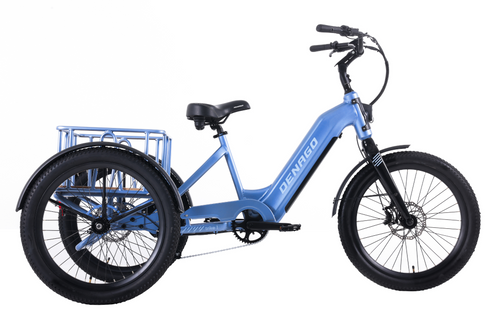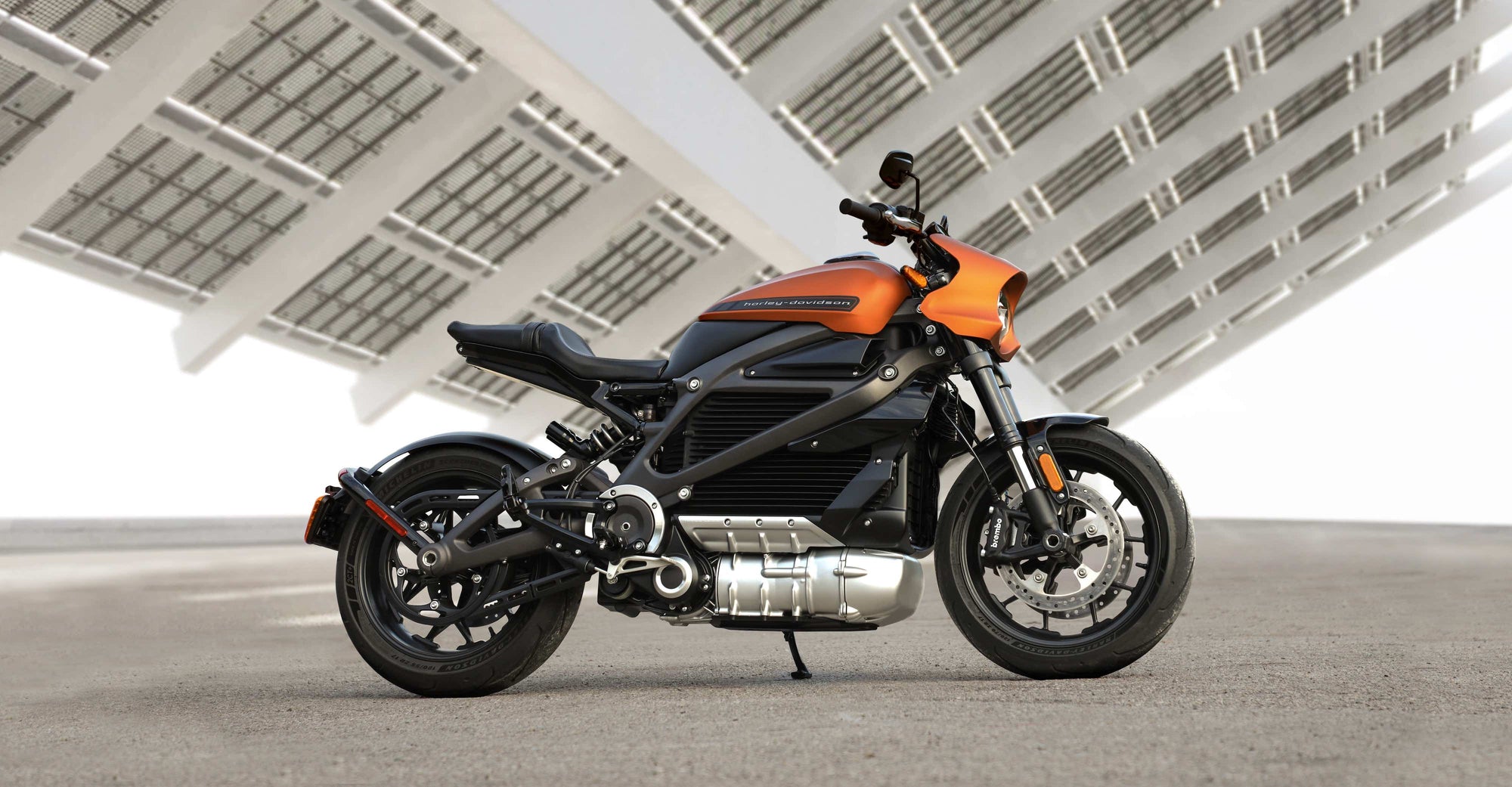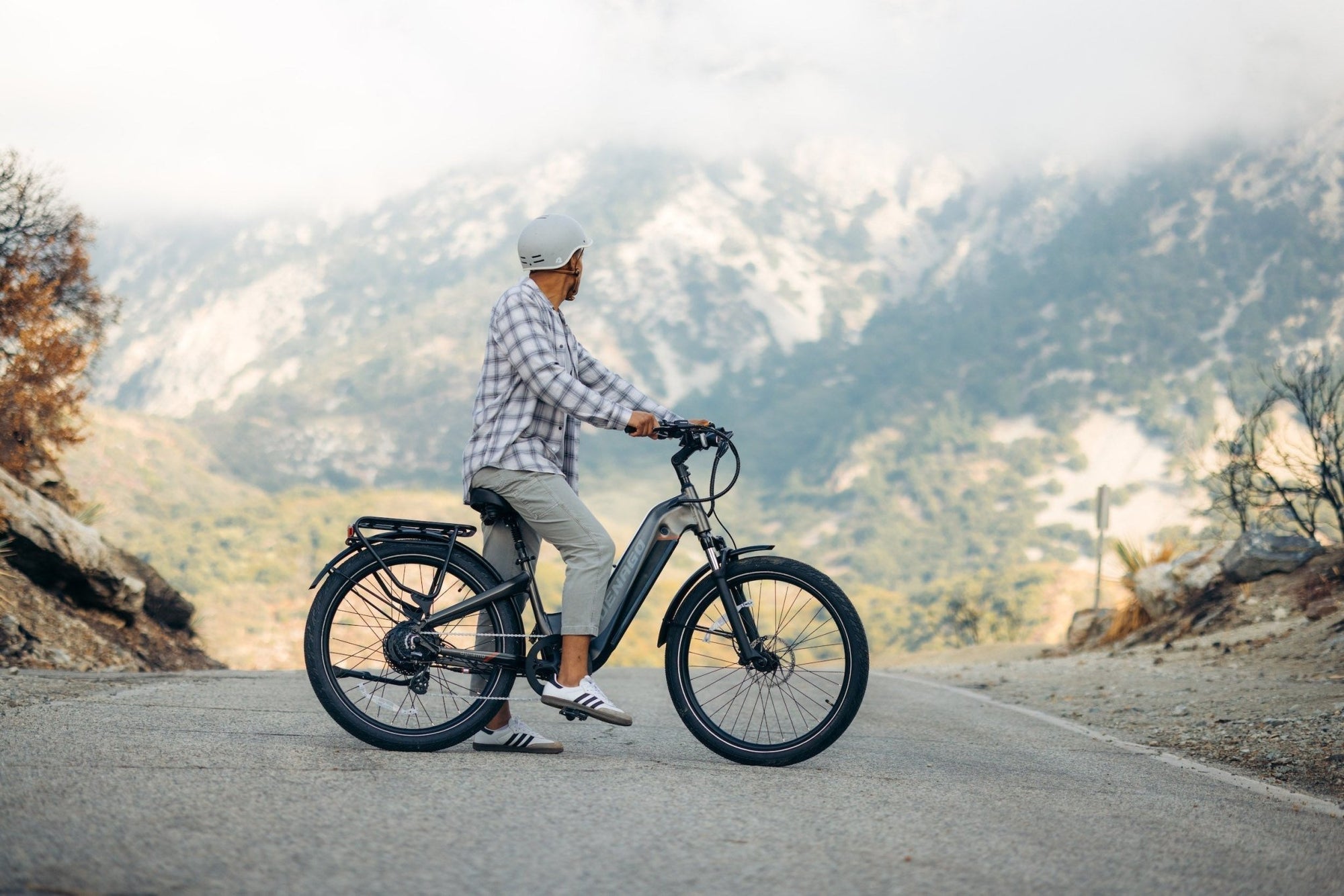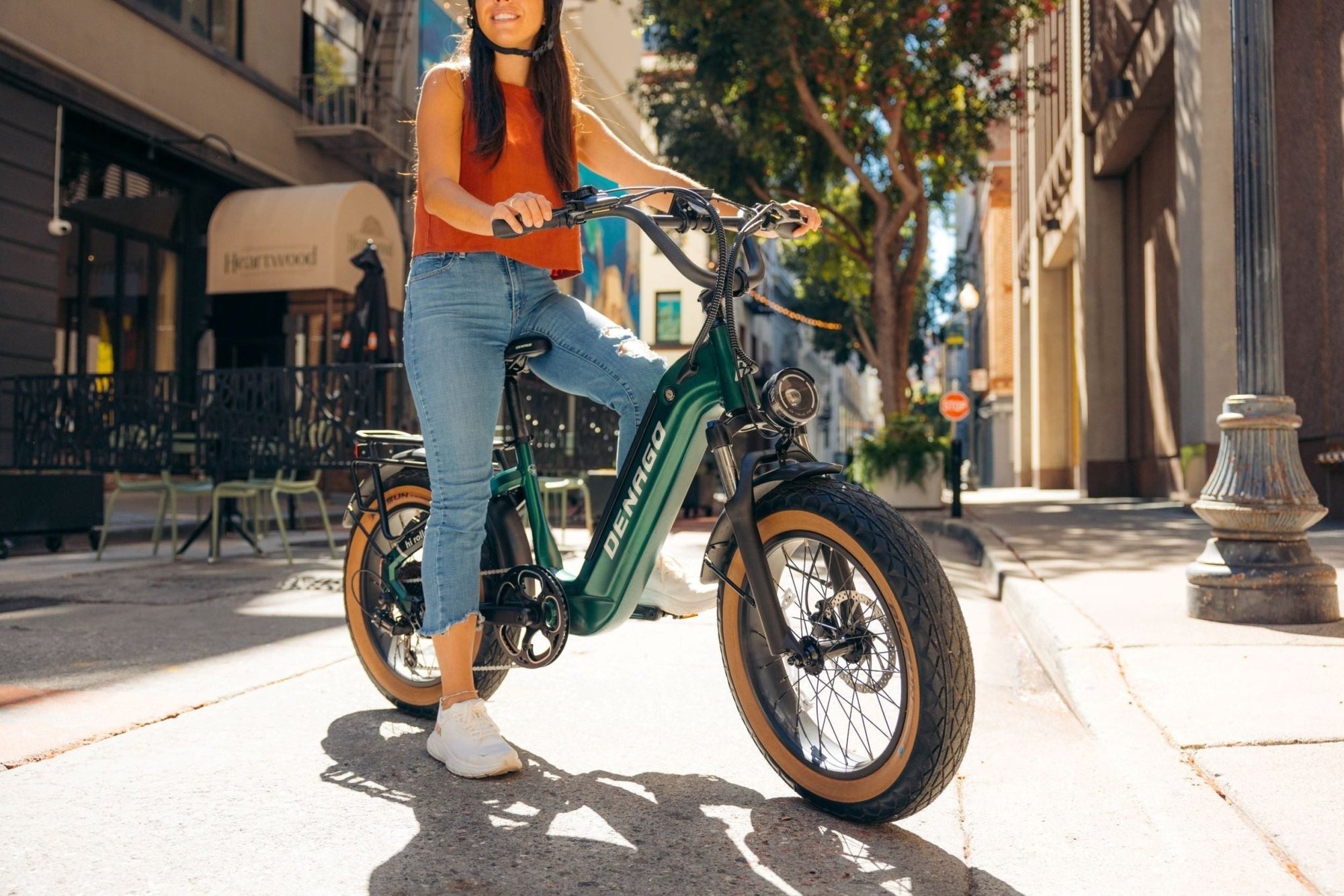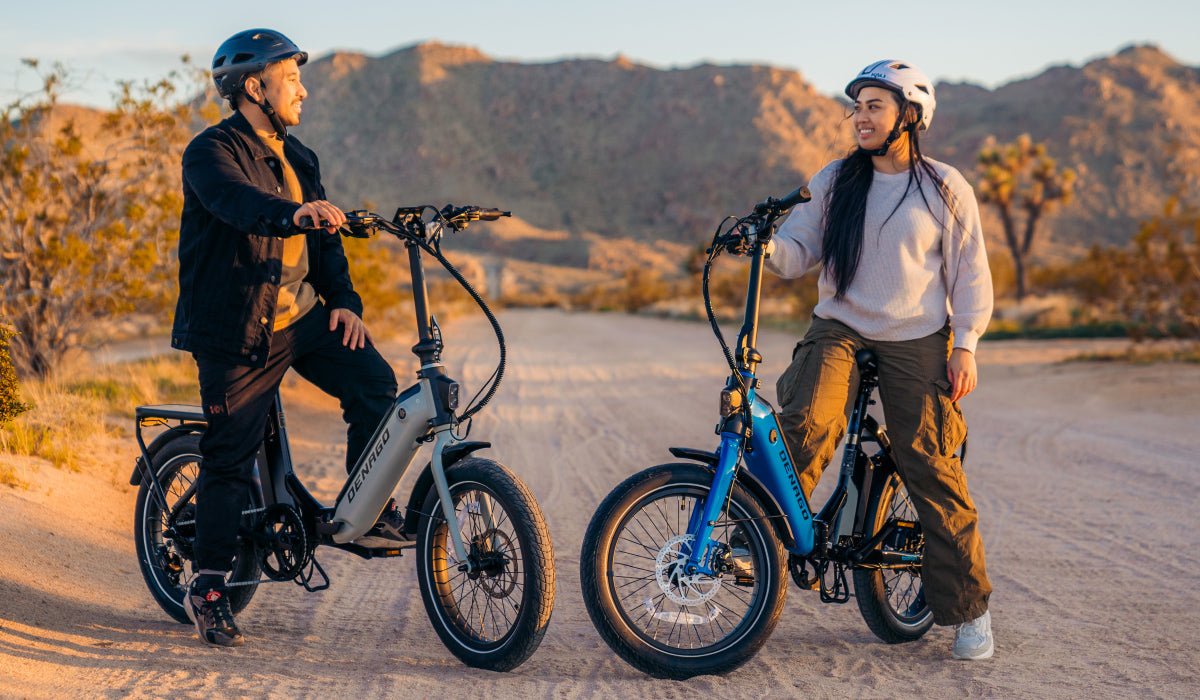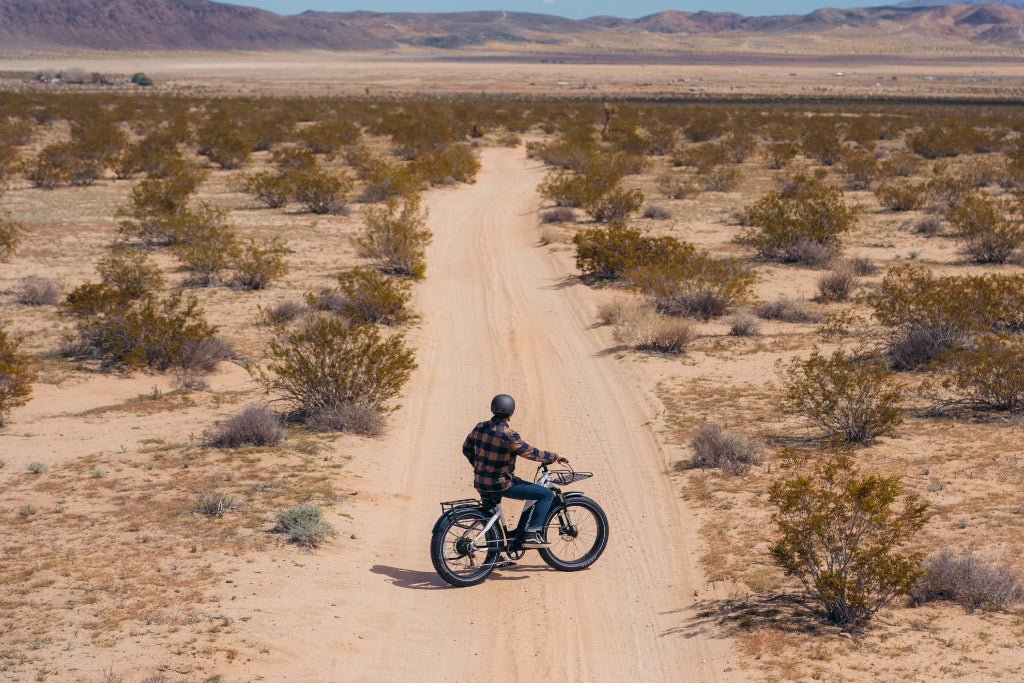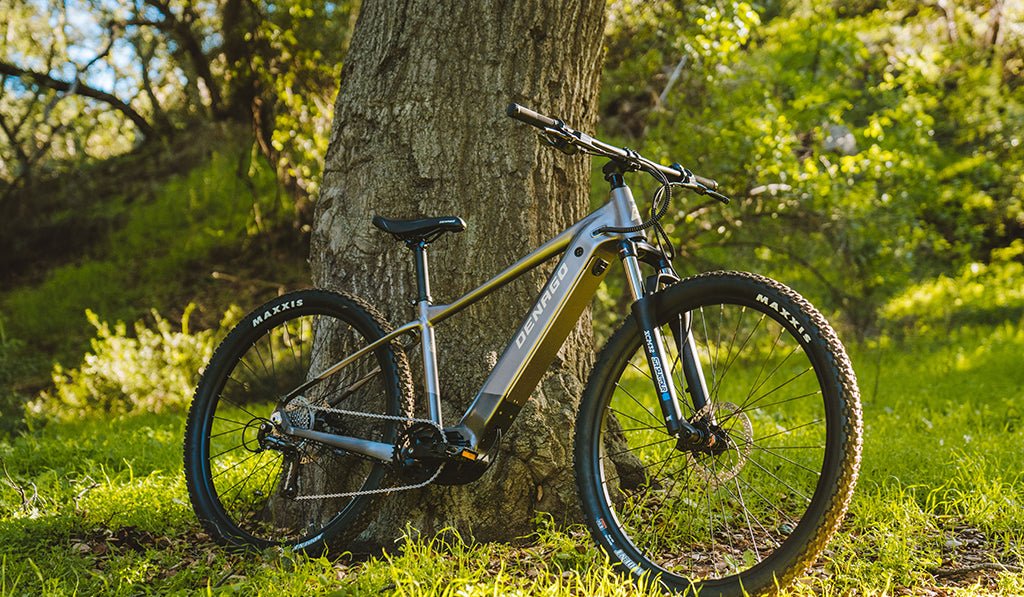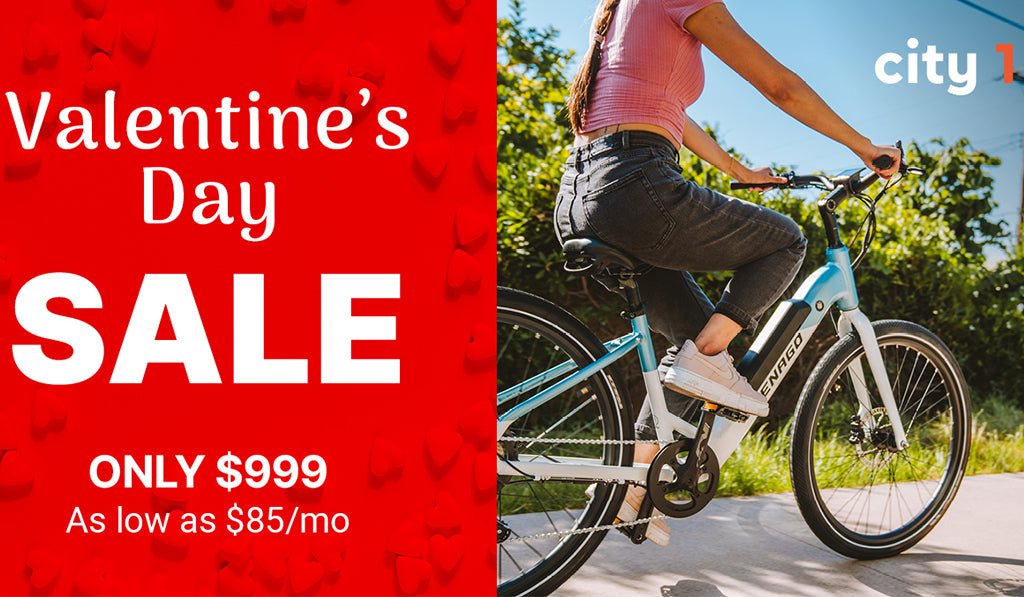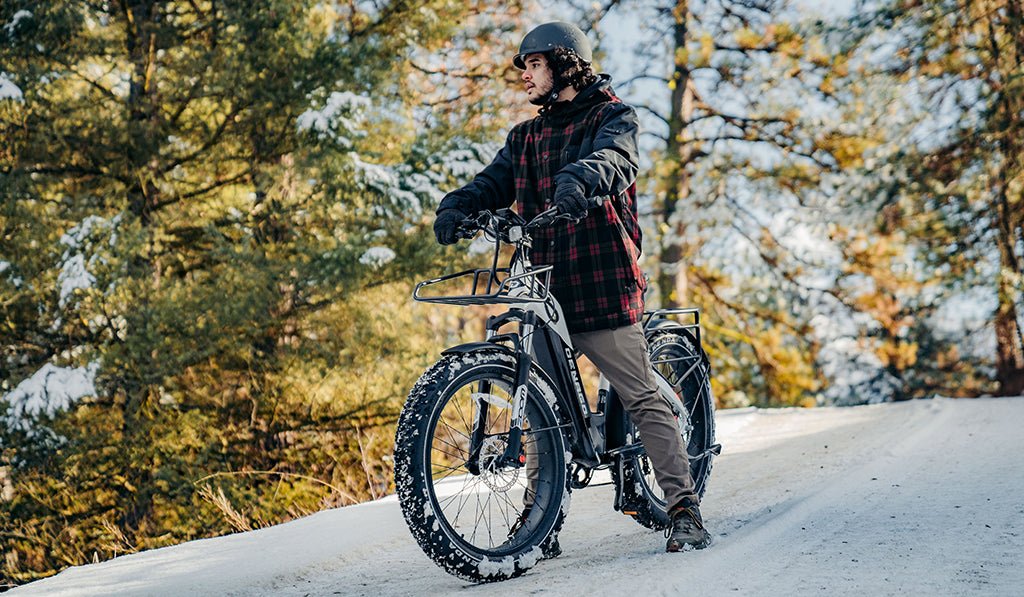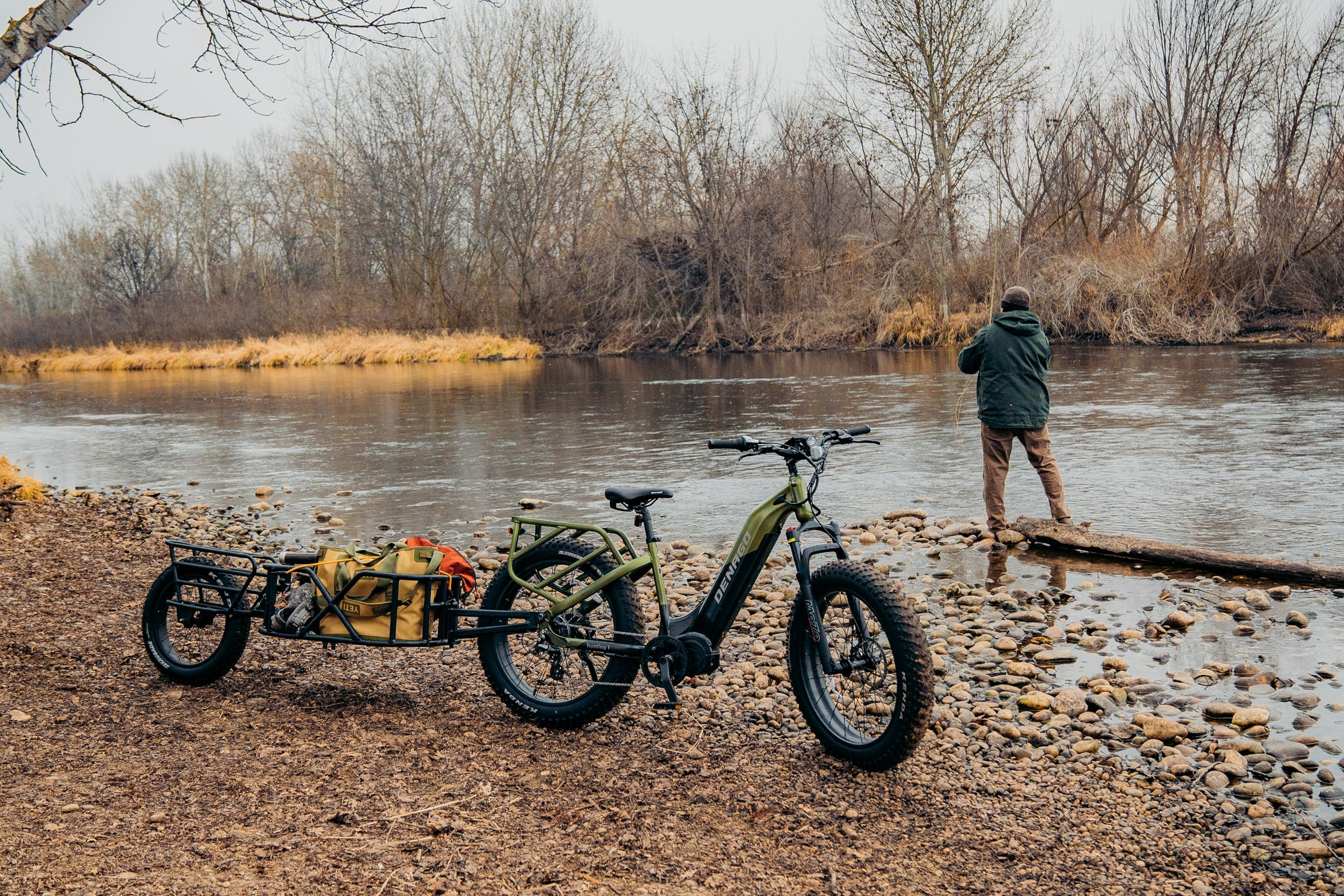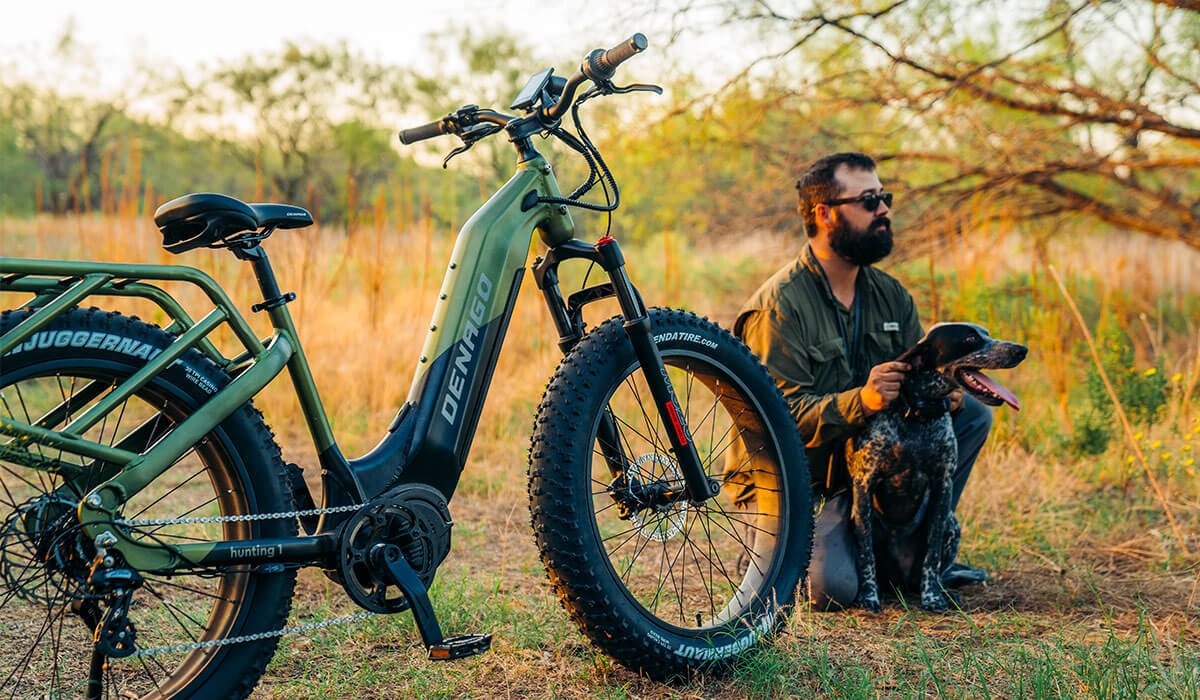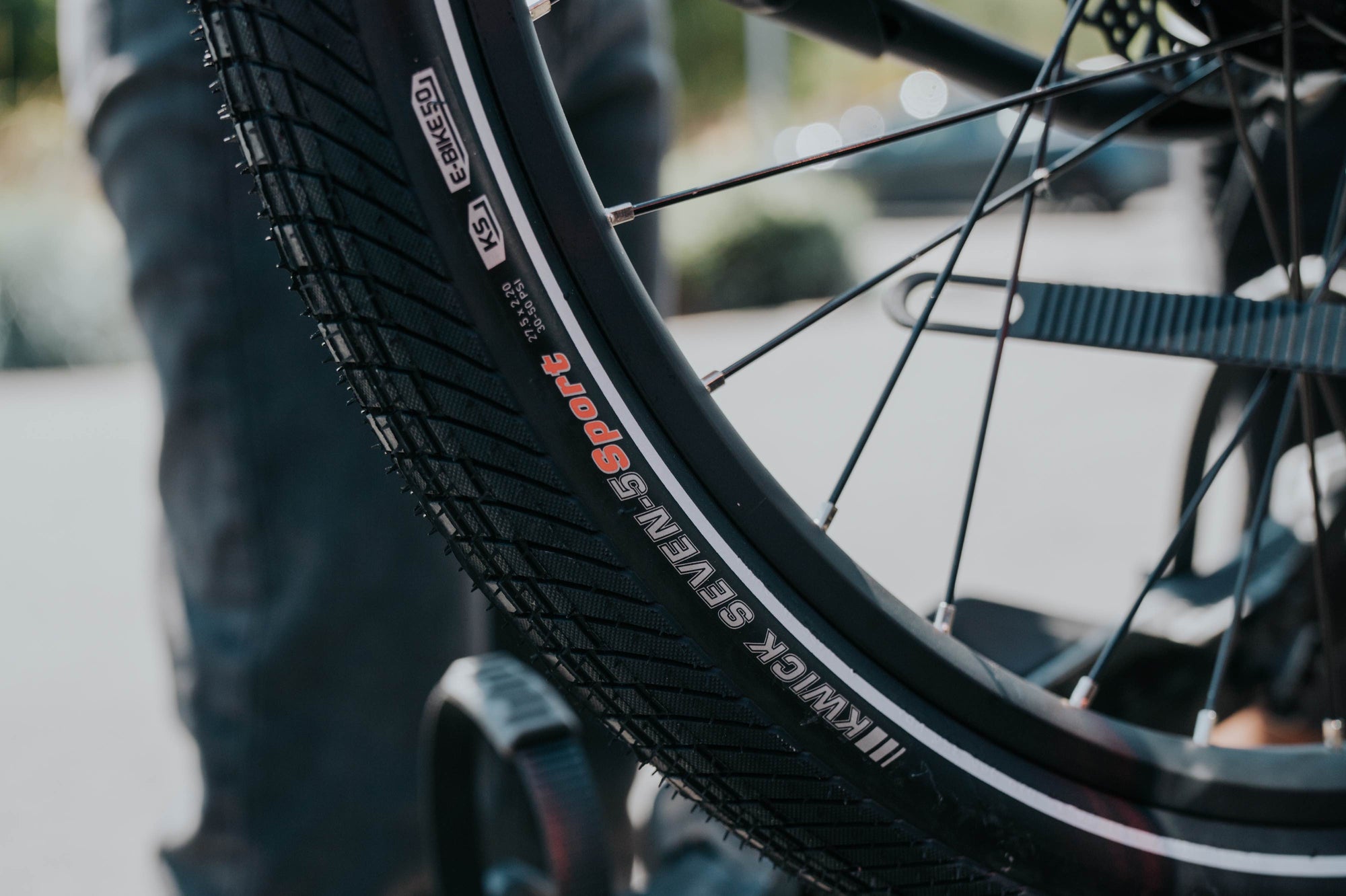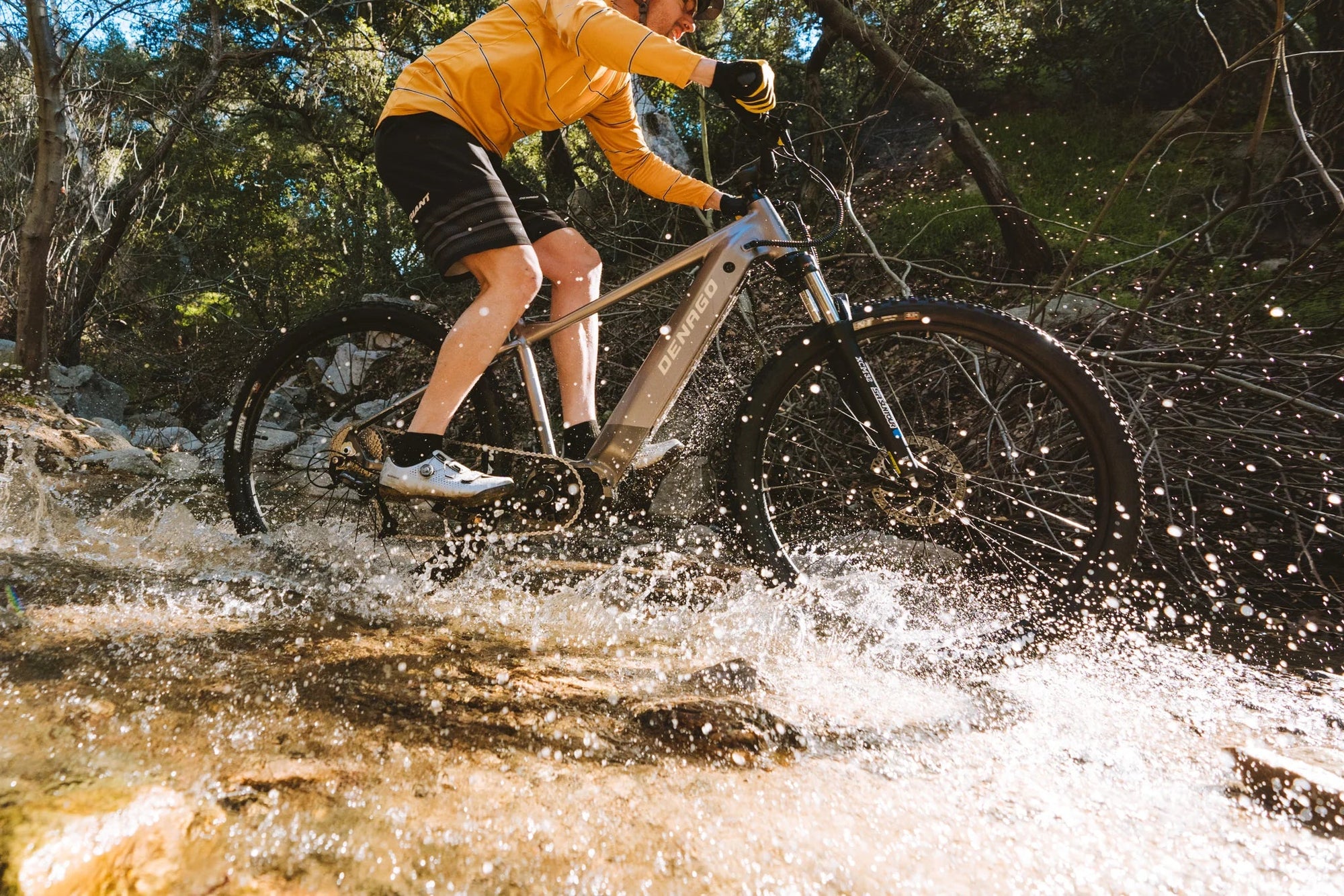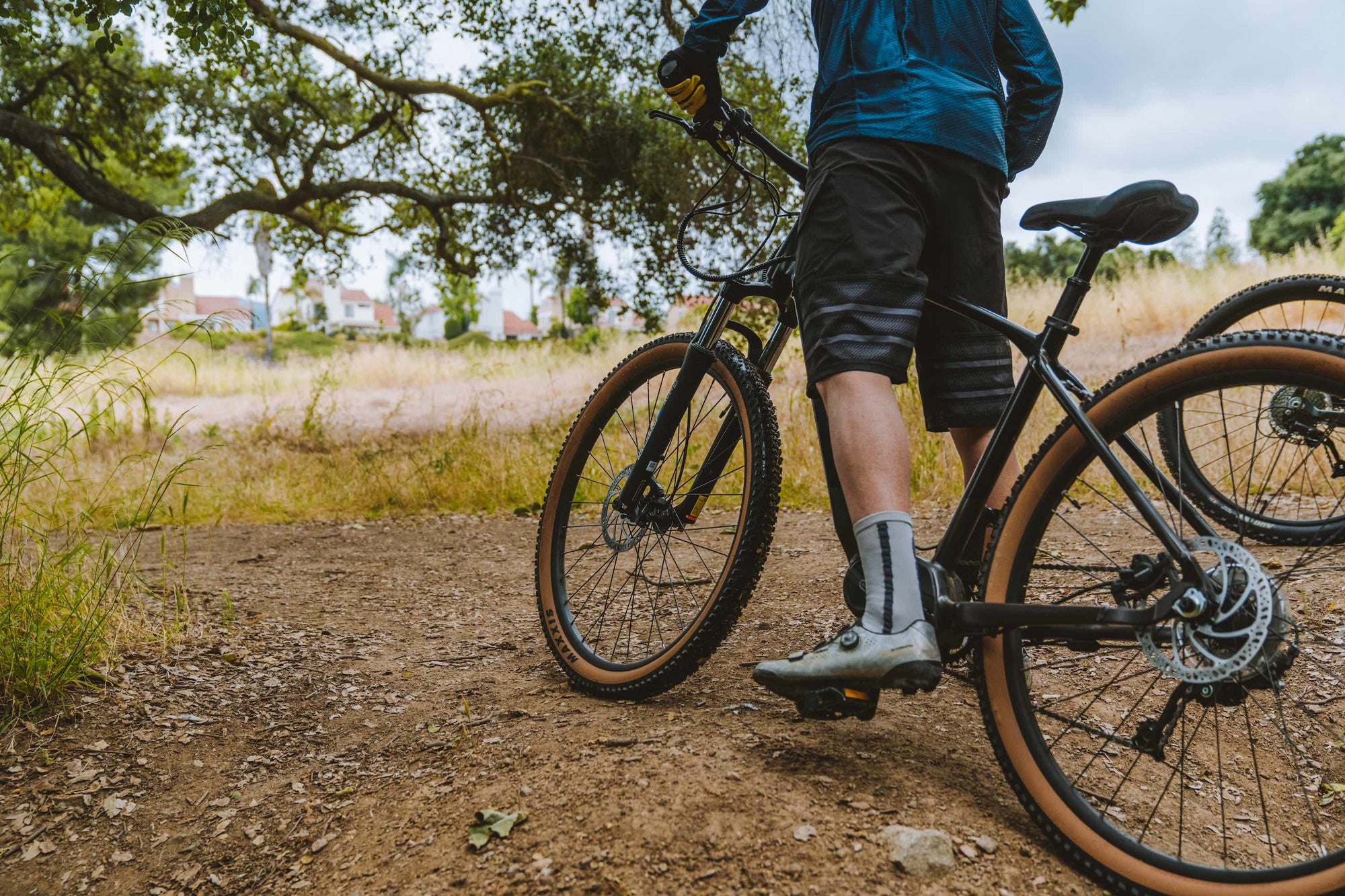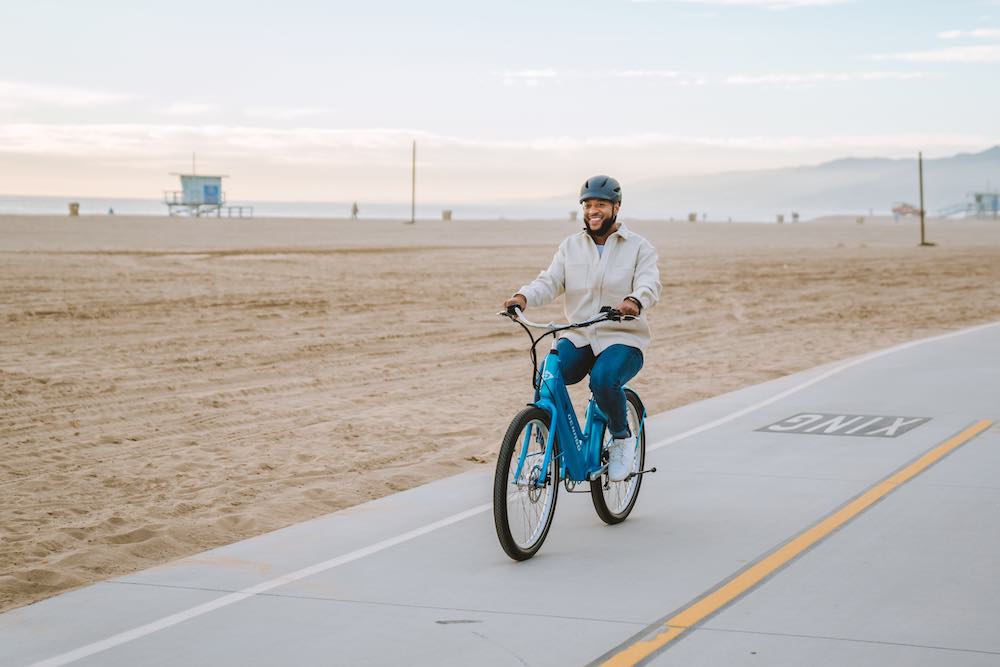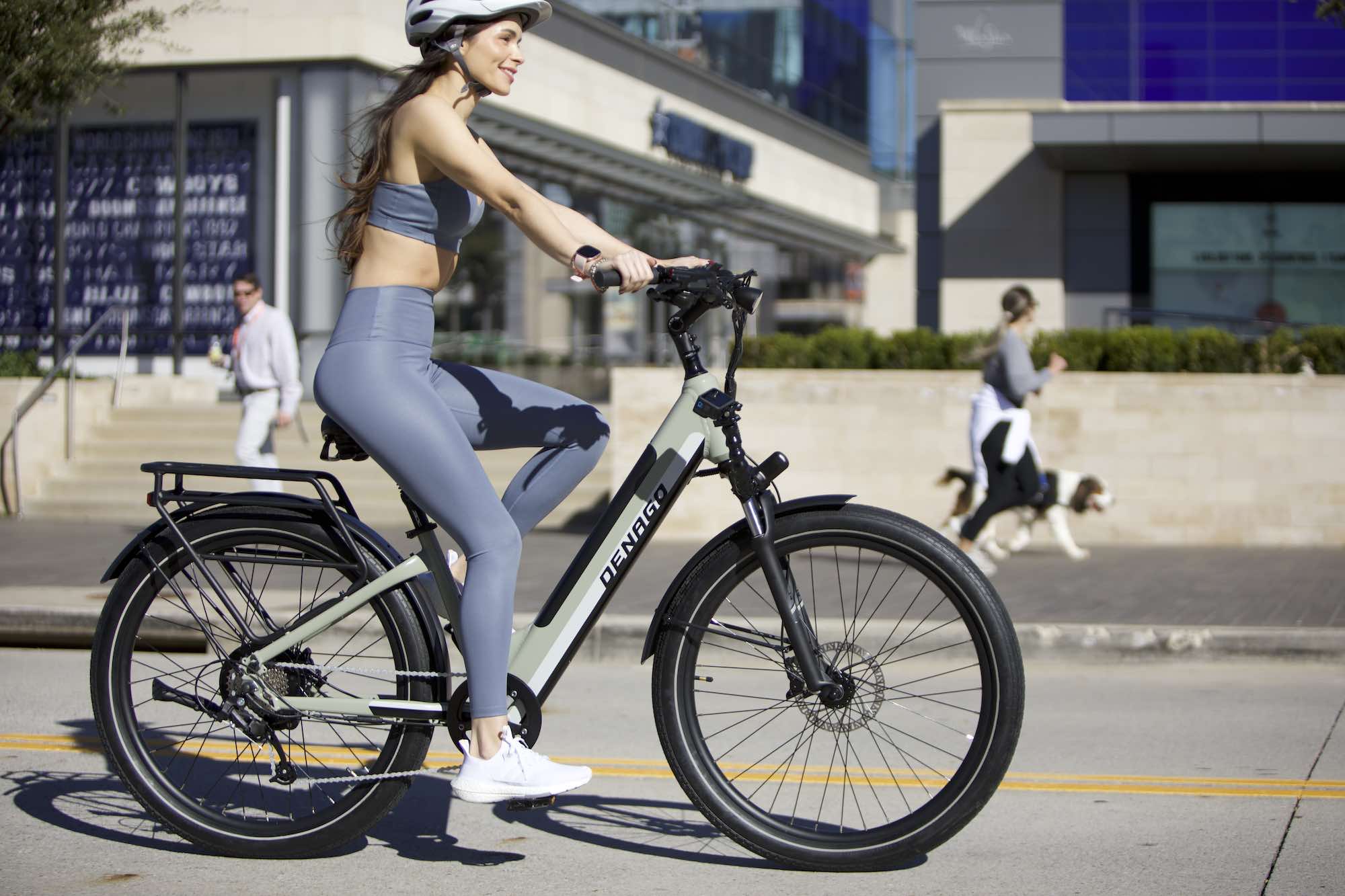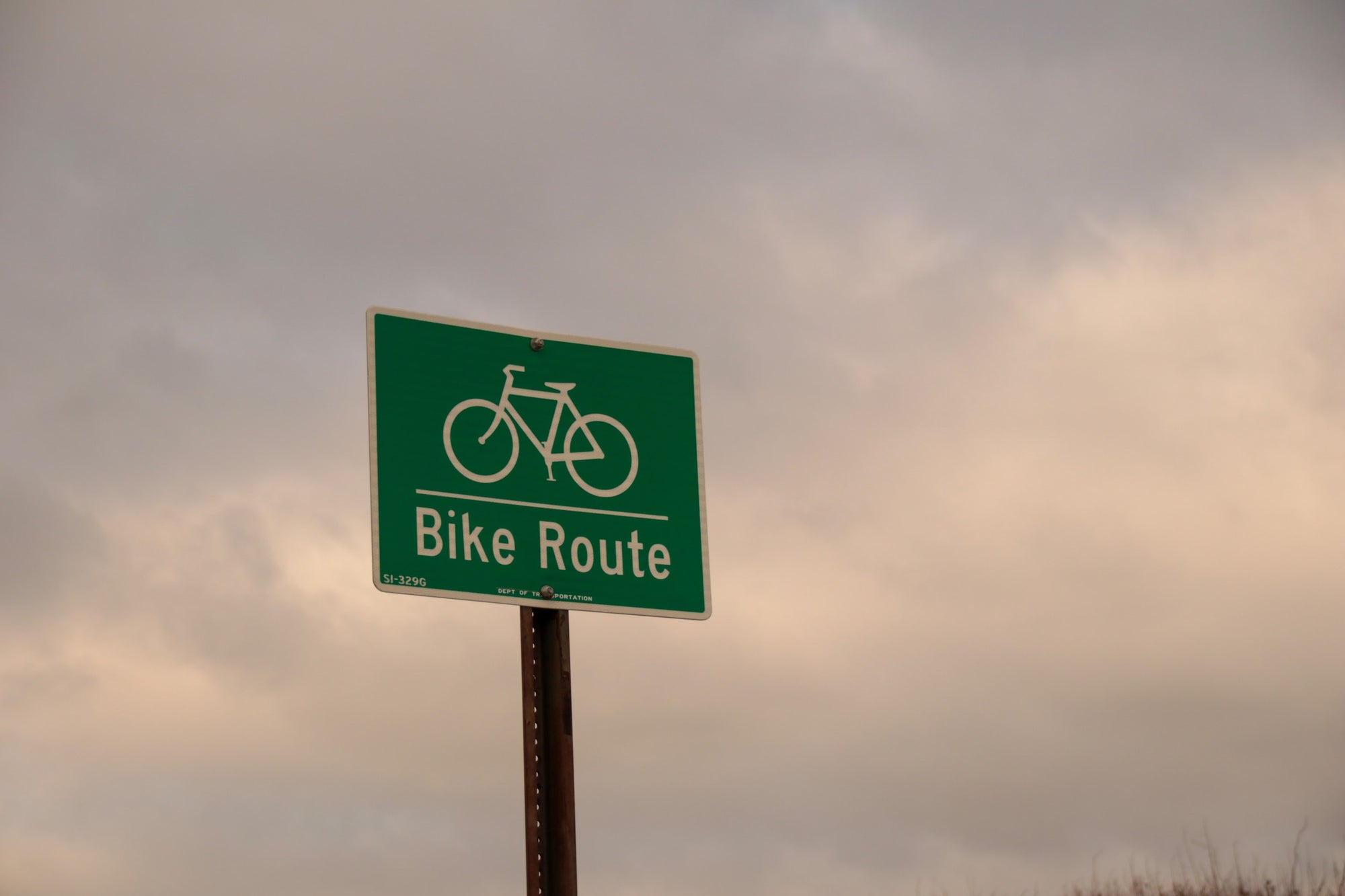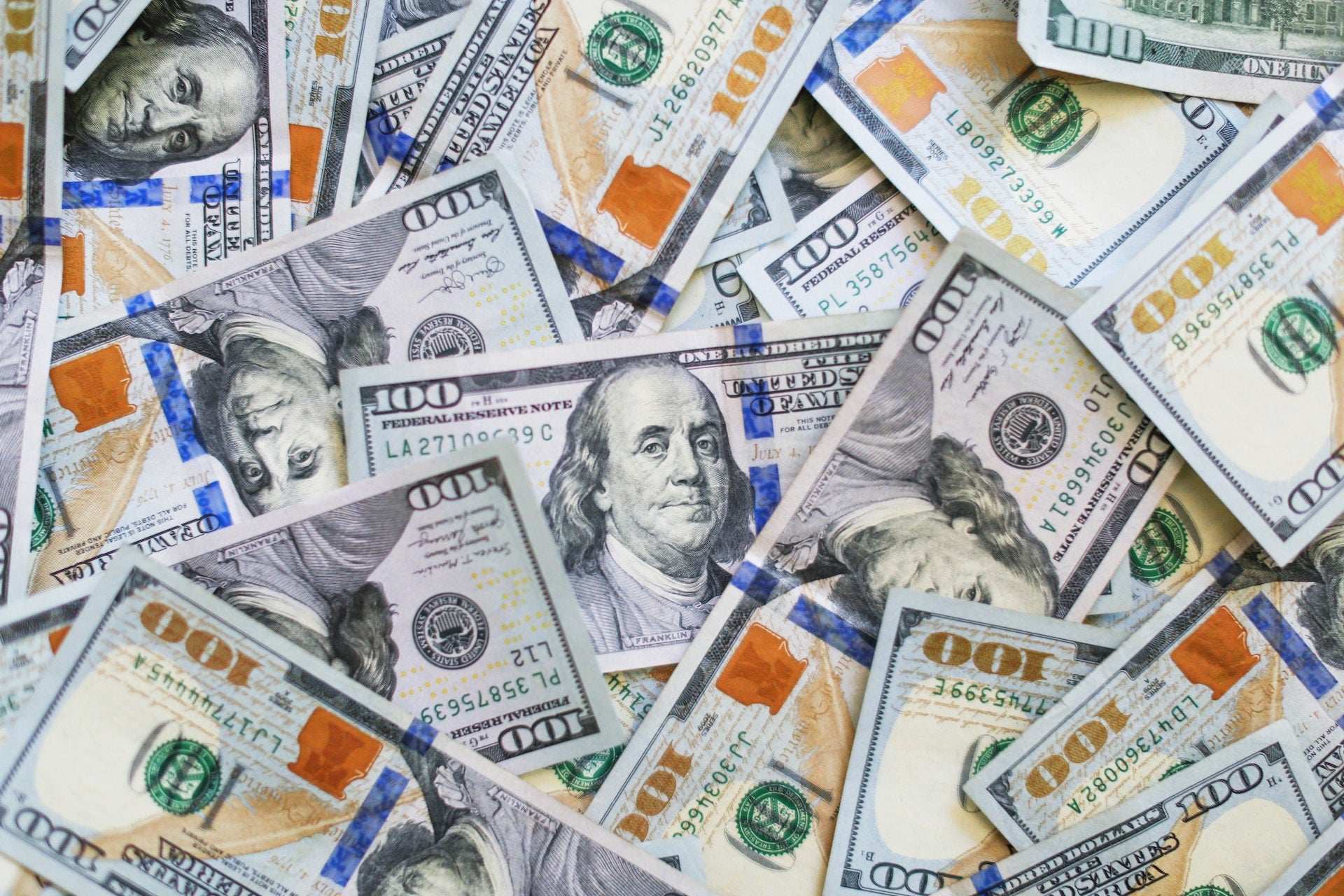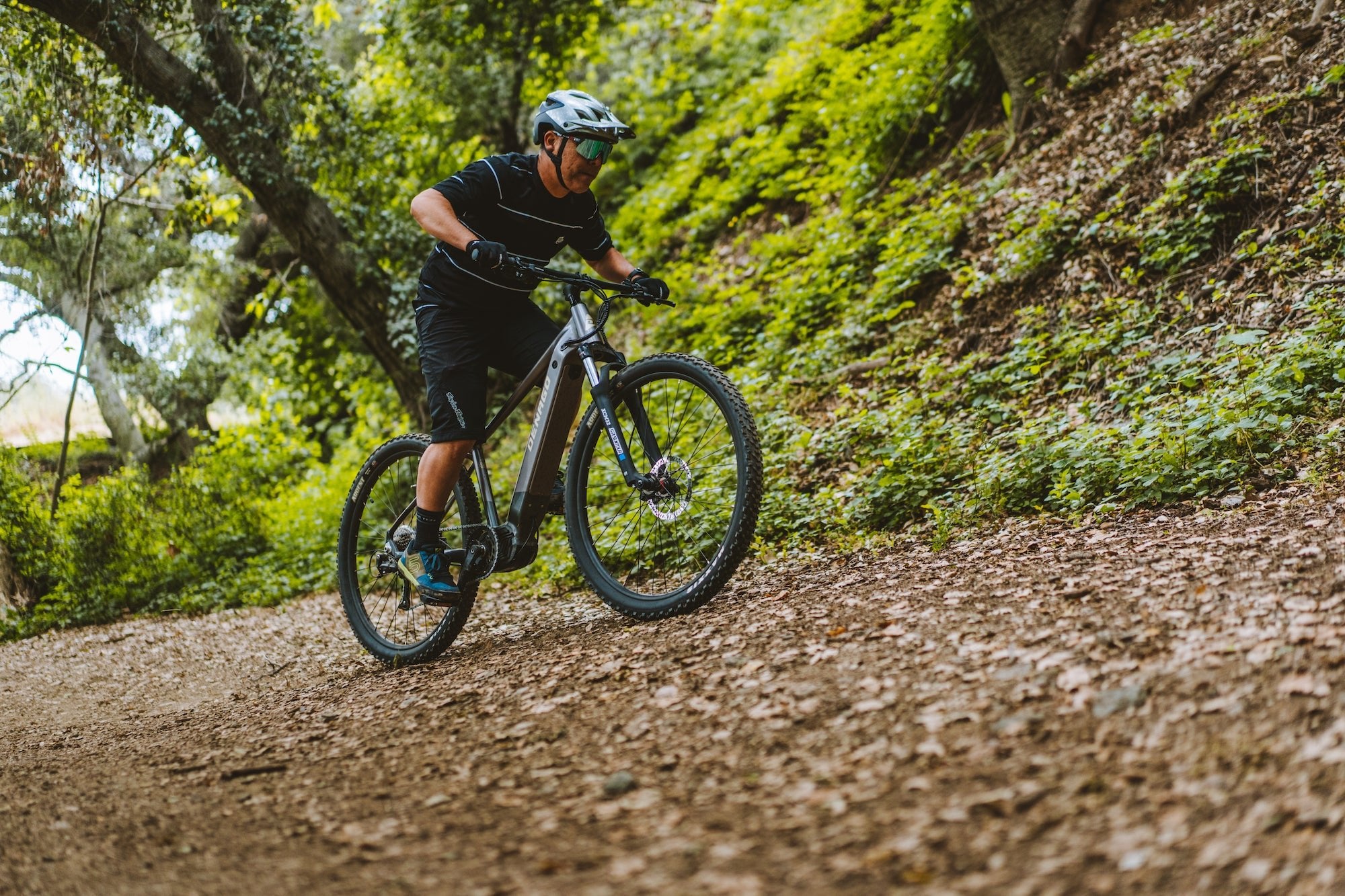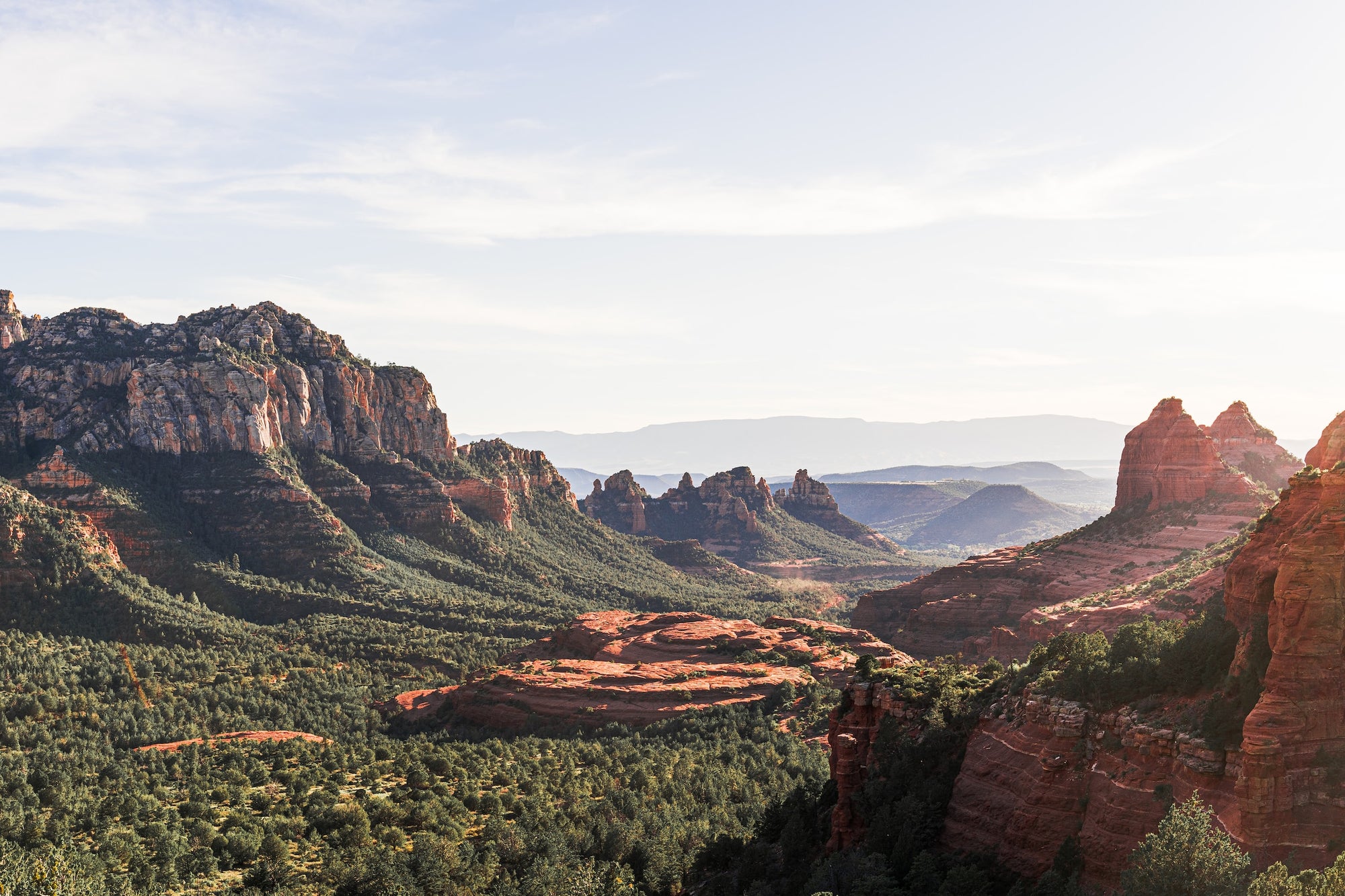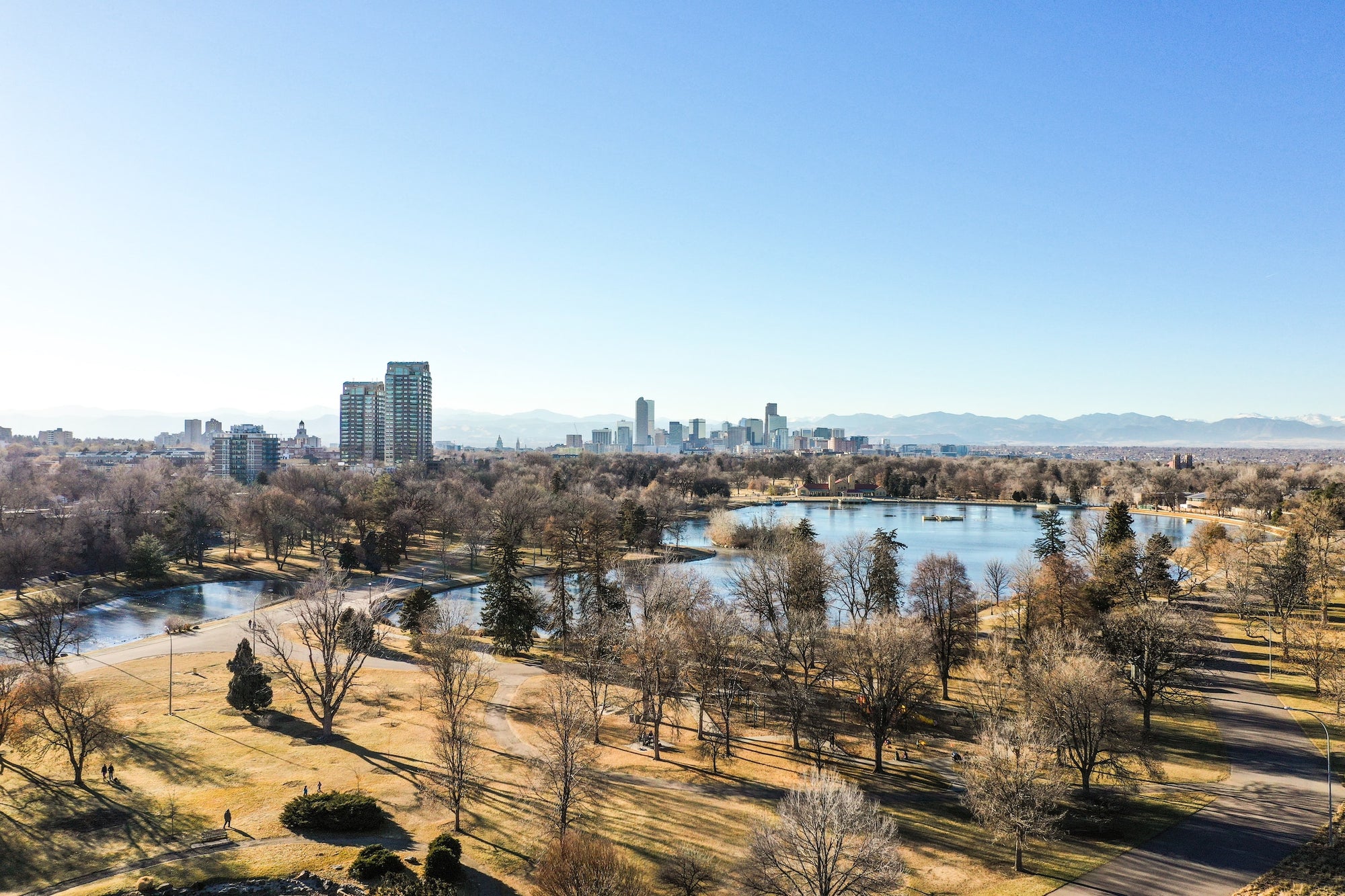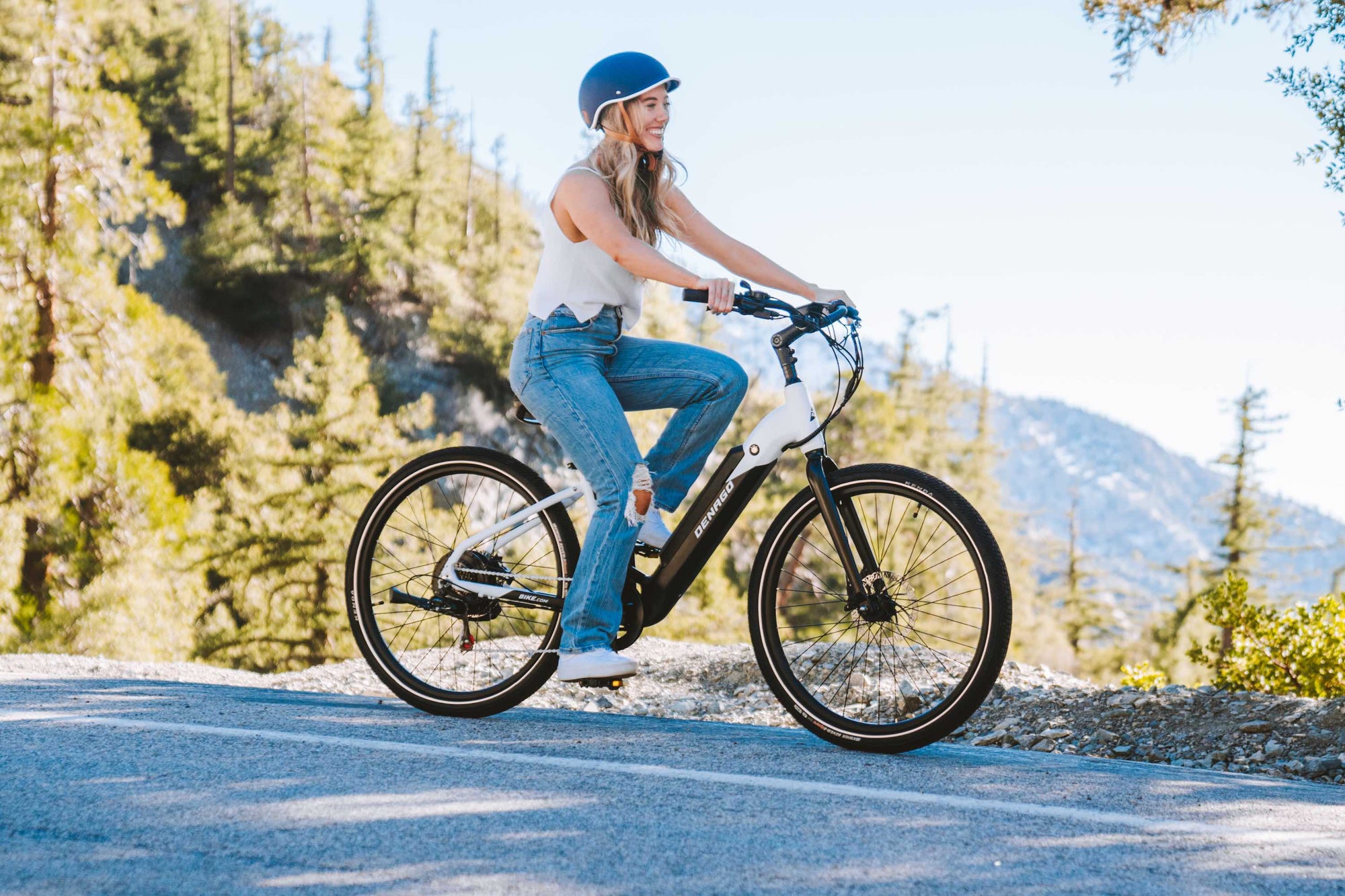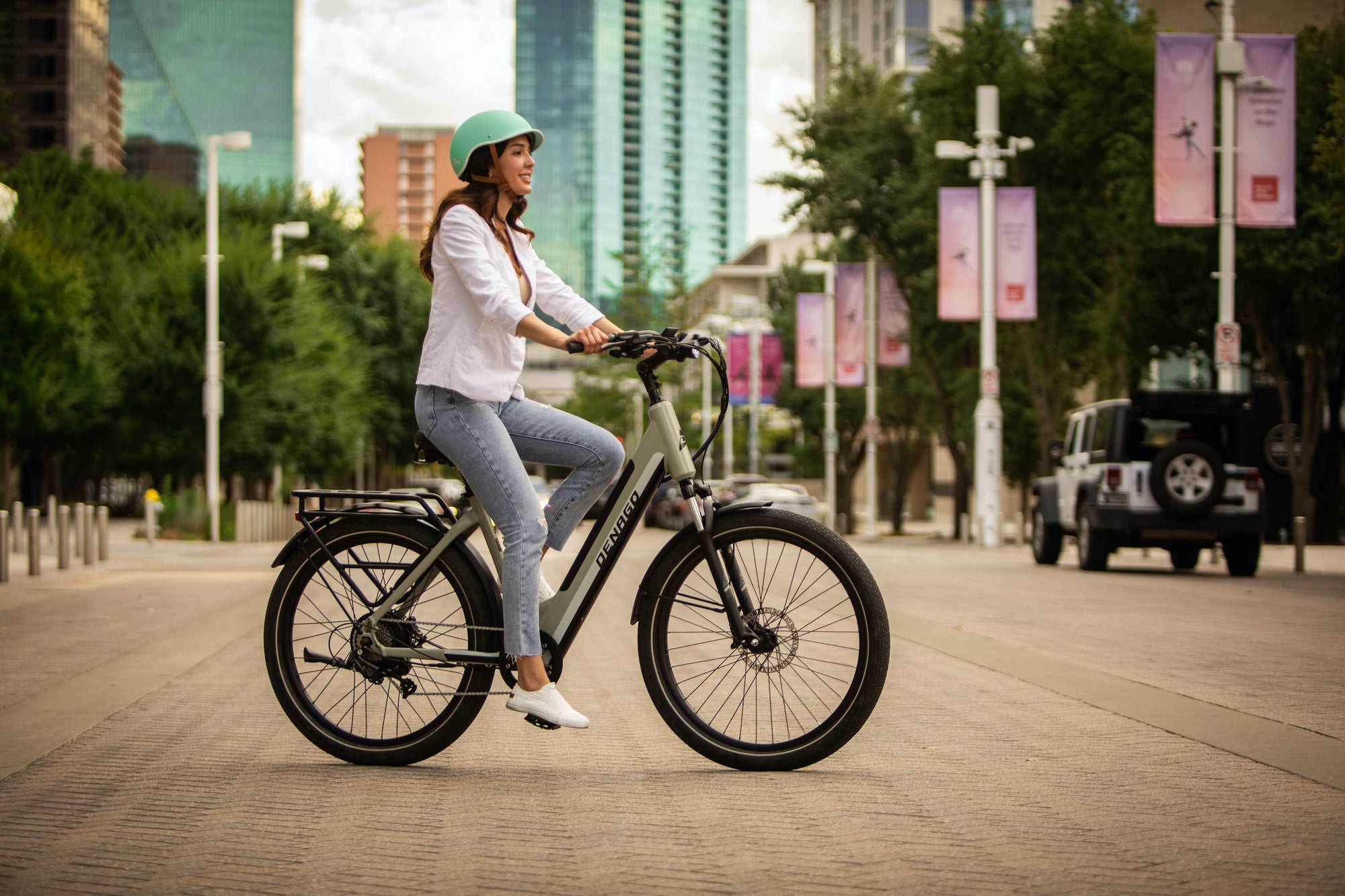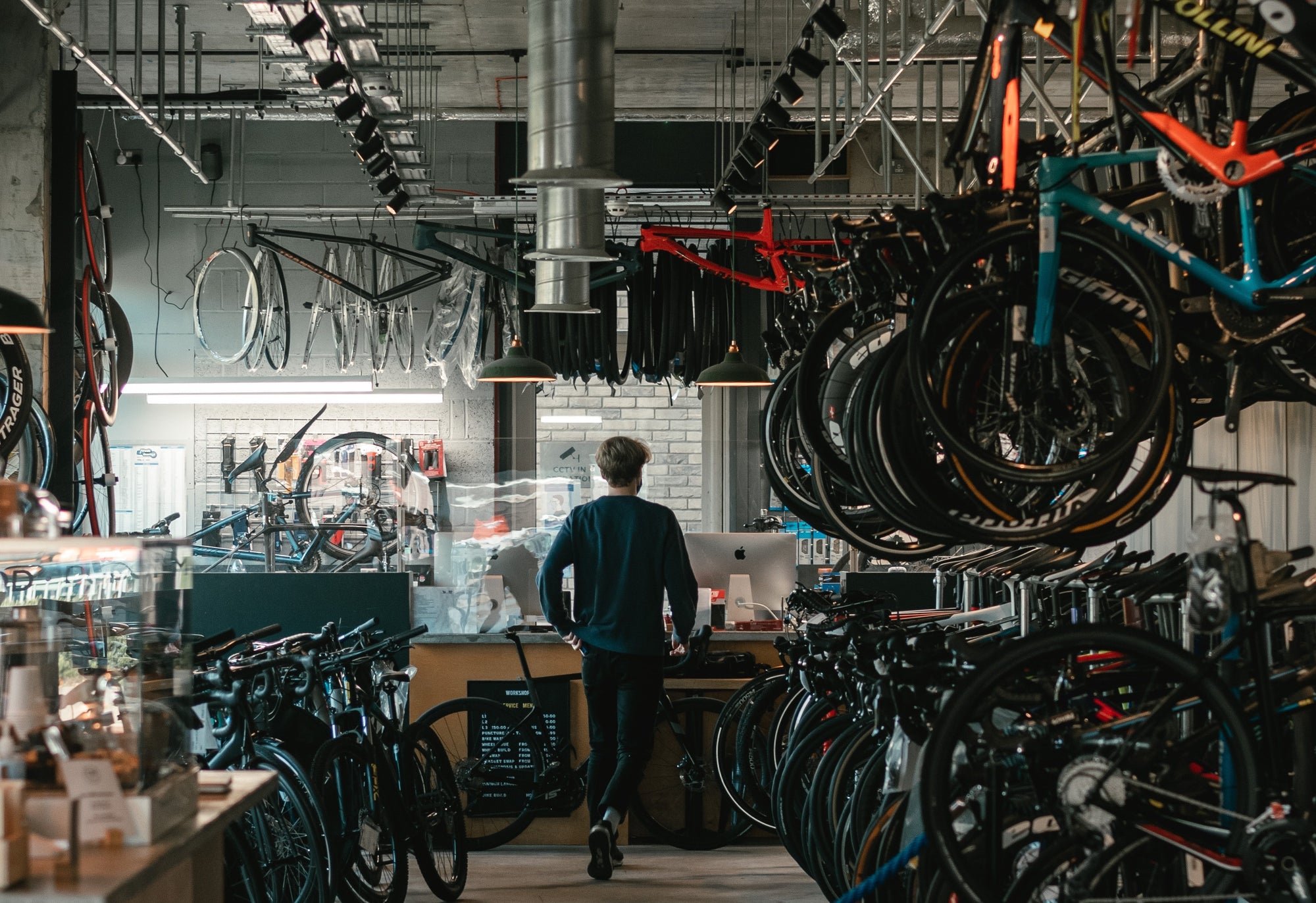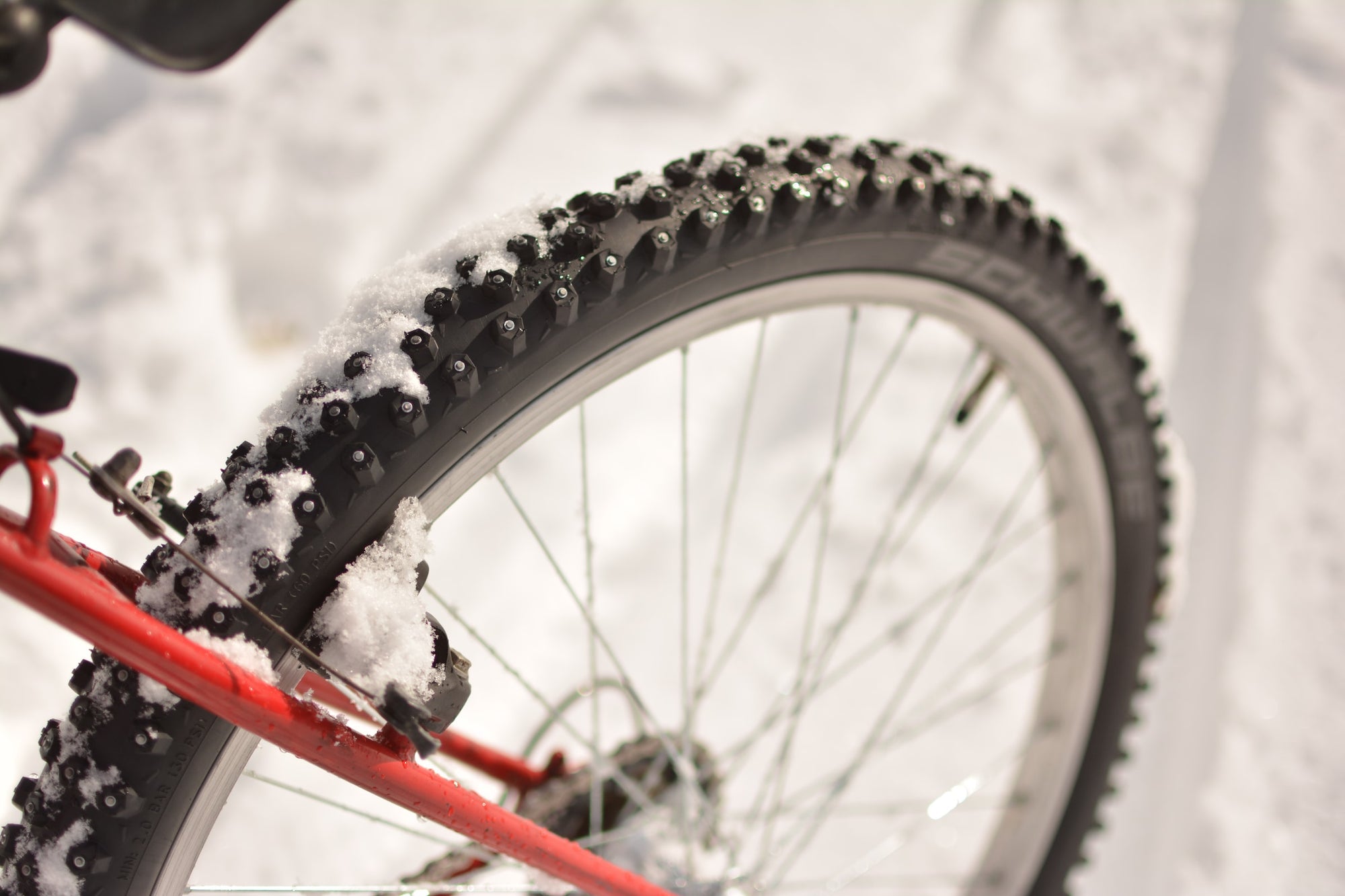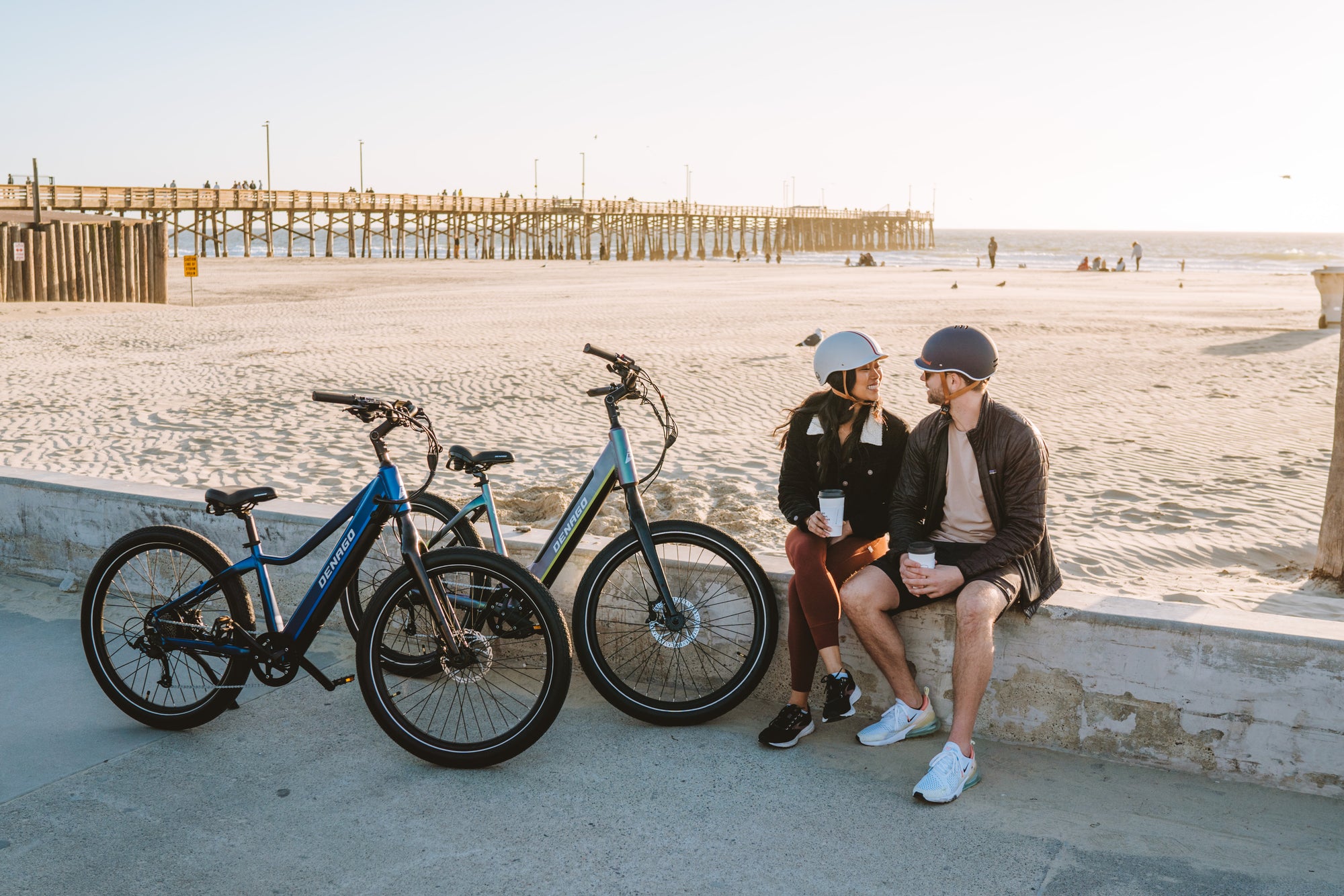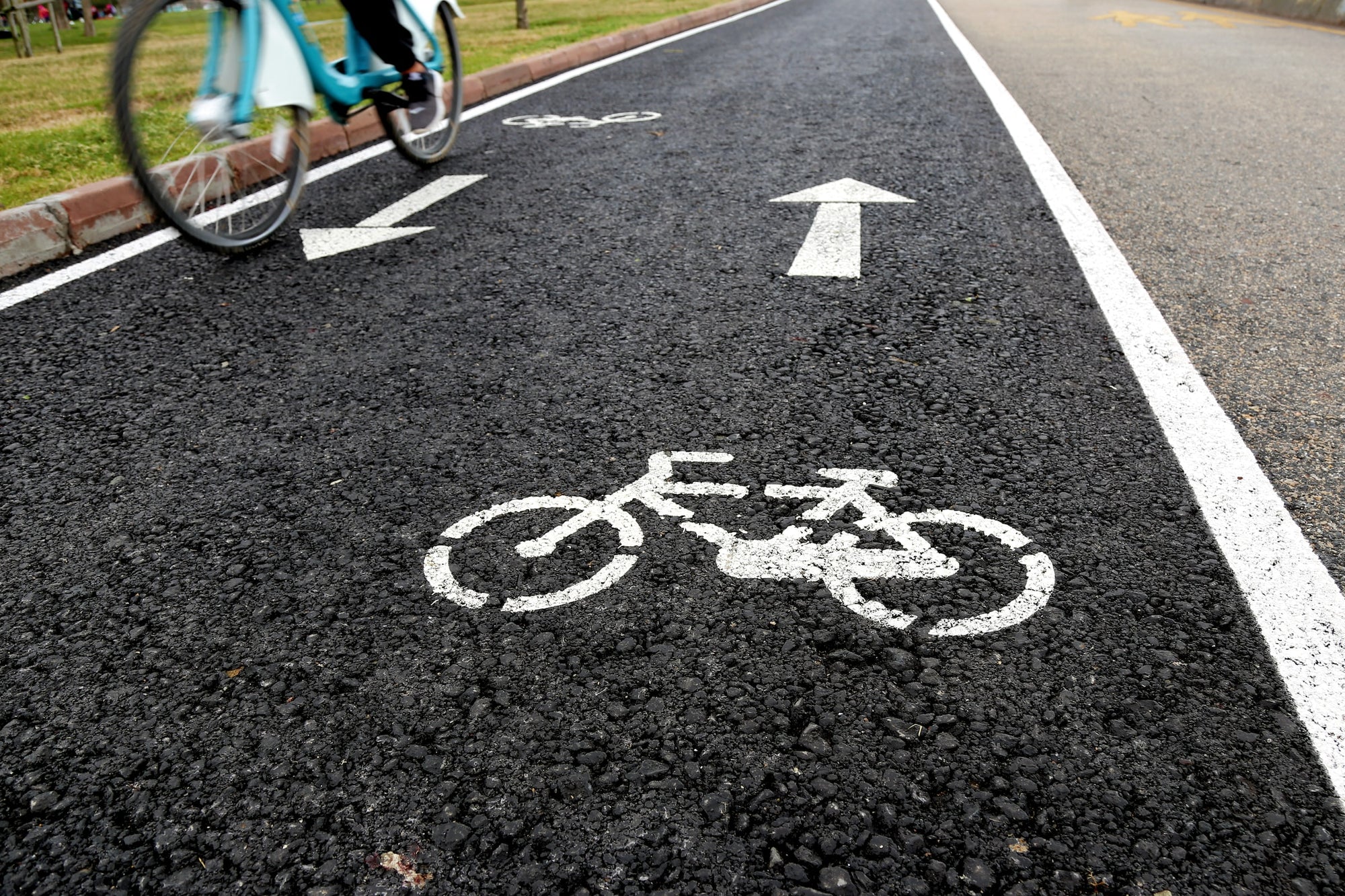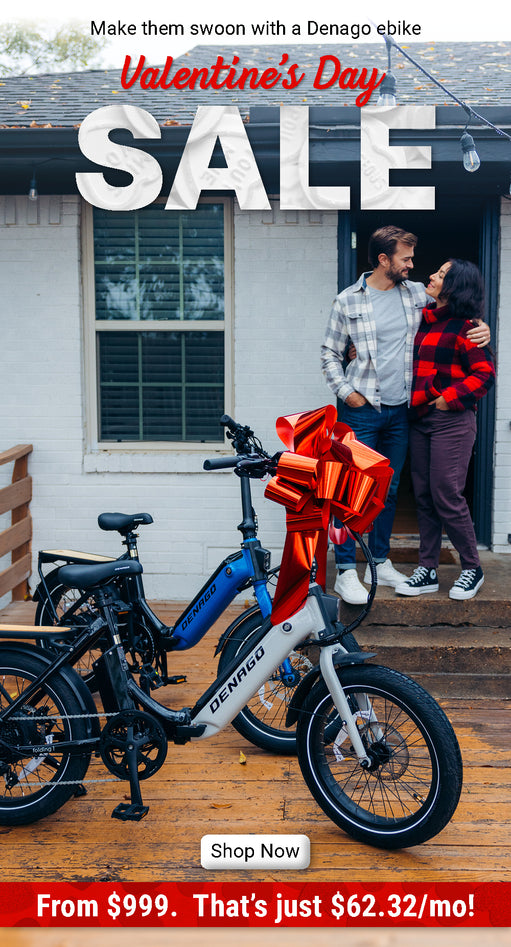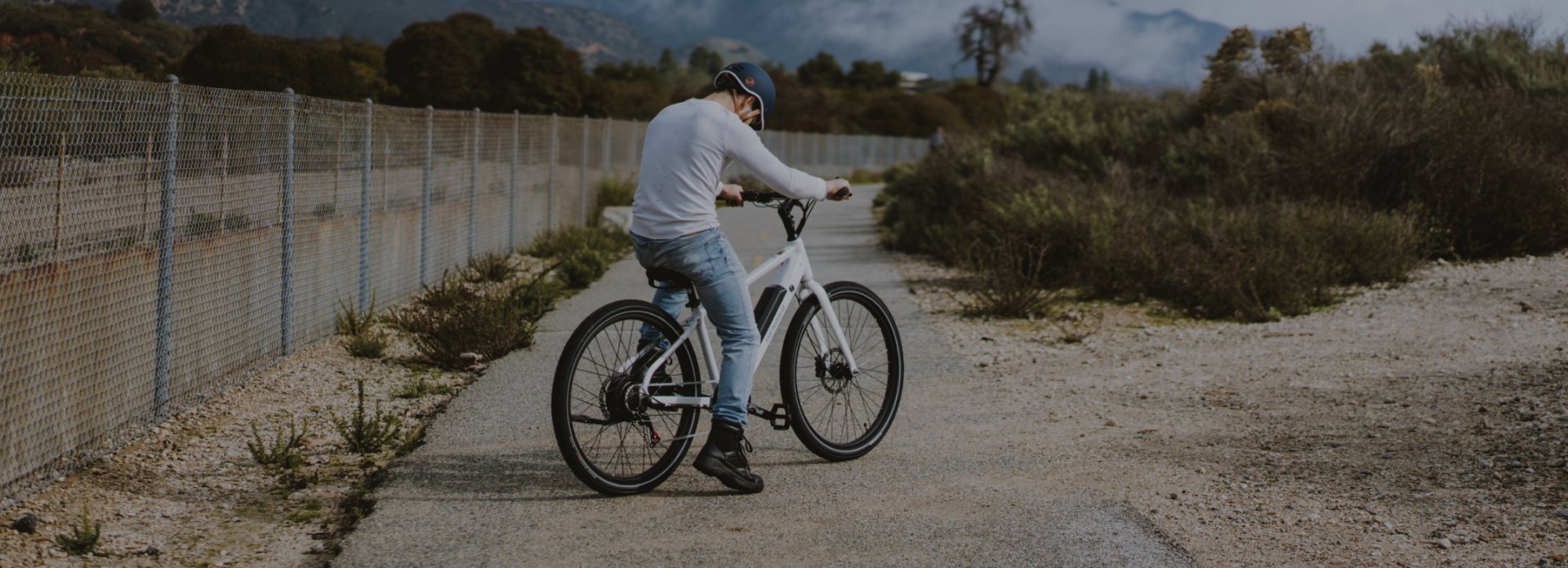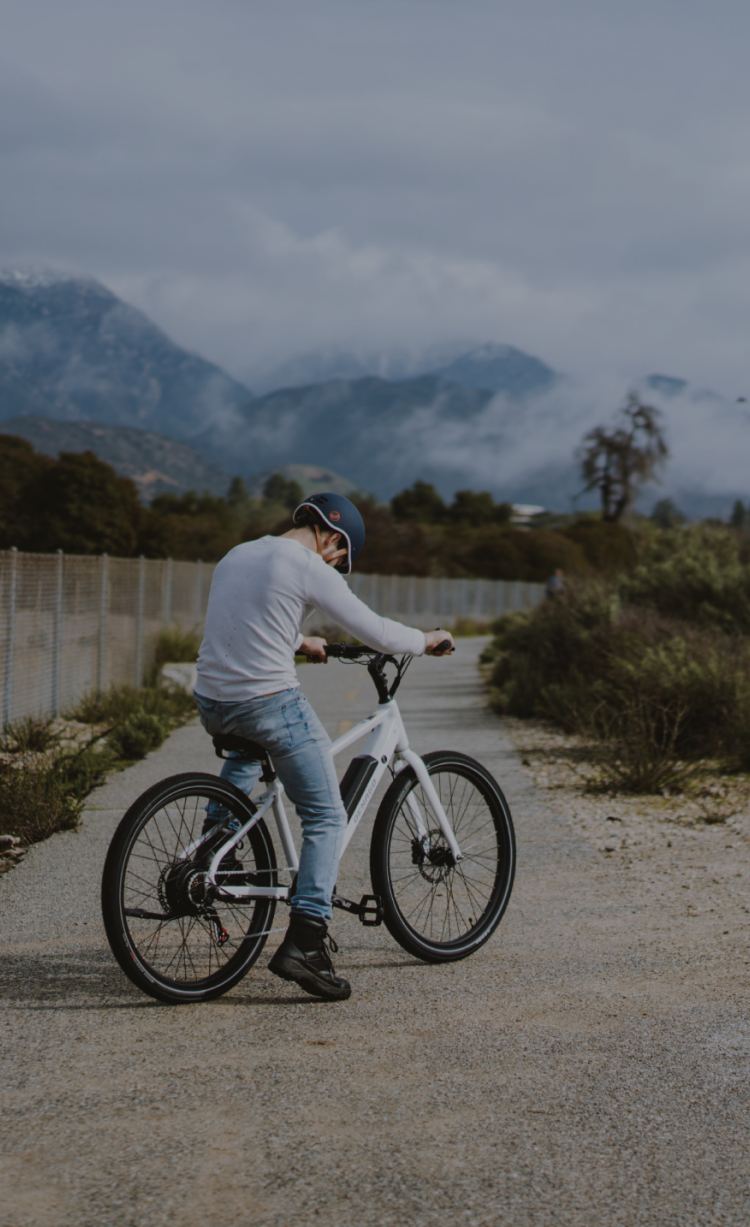Every eBike uses a battery, and just about all the high-quality models, including Denago, use Lithium-Ion batteries specifically. That battery is one of the most sophisticated components on your Denago eBike, and it's also one of the most expensive to replace. For that reason, it makes sense to put some extra care and caution into handling your battery.
While all batteries have a finite life after which they're exhausted and require replacement, proper battery care can help significantly extend the lifespan of your battery. For many riders, a properly-cared for eBike battery may outlive the bike itself, or even the rider!
Here are the do's and don'ts you should know about your Denago battery:
DO - use the charger that came with your eBike
DO - charge and discharge the battery regularly
DO - keep your battery in the "sweet spot"
DO - charge your battery in a clean, dry, temperature-controlled environment
DO - read and follow the manufacturer's instructions
DO - inspect the battery terminals regularly
DON'T put the charger on a soft surface, or near flammable items
DON'T expose your battery to extreme hot or extreme cold
DON'T charge the battery in extreme temperatures
DON'T charge if the battery or charger is broken or damaged
DON'T leave your charging battery unattended

DO - use the charger that came with your eBike
While many eBike chargers look similar, they may not be identical. Just because the plug fits doesn't mean that a specific charger is a match to your eBike battery. Chargers may designed to handle a different battery chemistry or voltage, even if the plug looks identical.
We designed your Denago battery with a BMS (battery management system) that can monitor factors like the voltage of individual cells as well as temperature, and also communicates with the matching charger, so compatibility between the charger and battery is important.
If your original charger is lost or damaged, purchase and use an exact replacement.
DO - charge and discharge the battery regularly
Just like a mobile phone or laptop computer, it's not a good idea to pack your eBike away for storage for years without using it. Regular use - charging, then discharging the battery by riding the eBike - is best.
If you can't ride your Denago or other eBike for a longer period for some reason - about a month or more - charge the battery to about 50%, before storing it in a cool, dry place. Fully charge it when you're ready to resume riding.
DO - keep your battery in the "sweet spot"
There can be some advantages to keeping your battery in the middle of the charging range - approximately 20 - 80% of a full charge. By never or rarely fully charging, or fully discharging, you can help preserve the total lifespan of the individual cells that make up your battery. You may have noticed a similar strategy when charging an iPhone or AirPods - Apple uses a similar strategy, carefully deciding when, and how much charge to apply, to help lengthen the lifespan of your device.
You can charge to 80% by using a timer to remind you to remove your battery from the charger before it's fully charged, or by using a common household lamp timer to fully automate the charging time by turning off the power to the charger. When maximum range is required, you should of course charge your eBike battery all the way up to 100% with confidence.
Avoid fulling draining your battery to 0% - while your Denago eBike will shut down automatically as a precaution to avoid damage before the battery is truly empty, why take the chance? It's better arrive at your home or office with a little charge still left.
DO - charge your battery in a clean, dry, temperature-controlled environment
You should only charge when the battery and charger are at a normal, comfortable room temperature. If it's too hot or too cold for humans, then it's also too hot or too cold for your battery as well. Make sure the battery, charger, and the surface they rest on isn't wet or damp.
DO - read and follow the manufacturer's instructions
Each manufacturer may have their own specific care instructions, specific to their make/model. You should review and consider them when charging. Please read your Denago quick-start guide and owner's manual for more information.
DO - inspect the battery terminals regularly
Since most eBikes allow you to charge with the battery both on and off the bike, it may be tempting to leave the battery in place on the bike 100% of the time. If you do this, make sure to remove the battery from the eBike and charge it away from the bike periodically.
This gives you the opportunity to inspect the battery terminals and their matching connections where the battery plugs into your eBike. They should be clean and free of debris like mud, dirt, or grit.
Corrosion can happen occasionally on battery terminals in eBikes ridden in extreme environments - like salted Winter roads or high-humidity environments near the beach. If you have this challenge, you can apply a small amount of dialetic grease to the terminals and connectors to prevent this.

DON'T put the charger on a soft surface, or near flammable items
Fires are exceedingly rare on quality eBikes, but there's always a tiny measure of risk. You can minimize it further by not charging on carpet or furniture, keeping flammable materials away from the battery and charger so they don't ignite in the rare event of a spark.
DON'T expose your battery to extreme hot or extreme cold
Batteries like to be in comfortable temperatures. Avoid storing or transporting them in hot car trunks or garages that aren't climate-controlled during Summer in the American Southwest. Similarly, Minneapolis Winters aren't a good time to leave your battery outside! Ifr you're forced to park your bike outside in those conditions, consider bringing the battery inside with you.
DON'T charge the battery in extreme temperatures
If you're riding or traveling in very hot or cold temperatures, wait until the battery reaches room temperature before you start the charging process, and don't charge in temperature extremes. 70 degrees Fahrenheit is a great temperature to use for charging. Avoid charging in hot garages or attics.
DON'T charge if the battery or charger is broken or damaged
Take a look at the charger and battery before charging. They should be dry, cool to the touch, and free of dents, chips, or cracks in the housing. Don't use either if they appear to be damaged. If the battery or charger has LED status lights, all should be in good working order so you can monitor the charging process.
All chargers and batteries can get warm during charging, but very hot temperatures are a red flag. Some chargers have a fan built-in for active cooling during charging - if your charger has a fan, it's normal to hear a little noise when it turns on.
DON'T leave your charging battery unattended
Better quality eBikes, including all Denago models, come with "smart" chargers that monitor voltage and adjust accordingly, charging rapidly at first, then slowing charging to a trickle as a full charge is reached.
Not all chargers are "smart" though, and a so-called "dumb" or less-sophisticated charger can definitely overcharge your battery. This type of basic charger is common on many no-name eBikes. If your charger isn't "smart" use a timer or alarm to prevent overcharging and remove the battery from the charger promptly when complete.
A little care goes a long way to extend eBike battery life
As you can see, these do's and don'ts are complicated - they're easy to remember and put into practice. Proper battery care will pay off with reduced maintenance and replacement costs over the lifetime of your Denago eBike.




